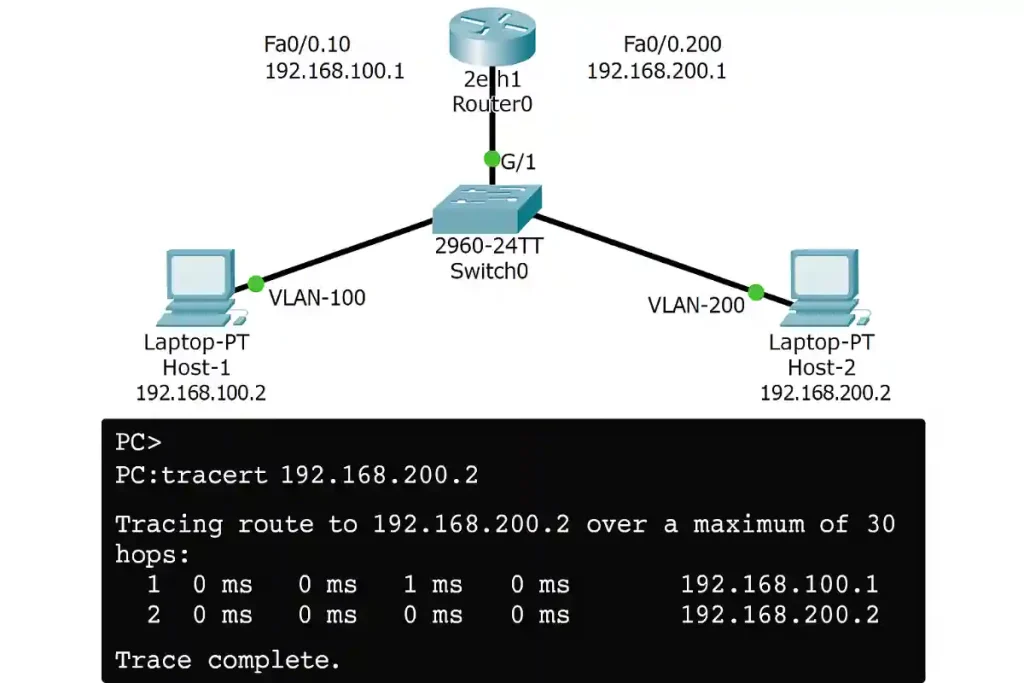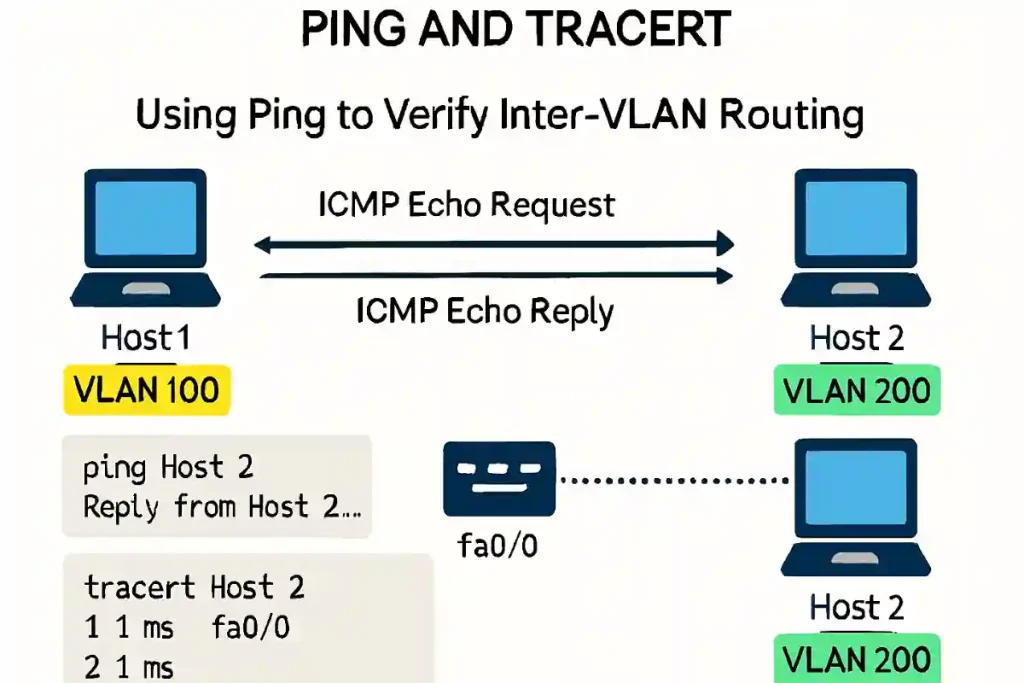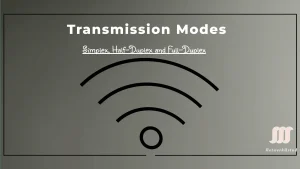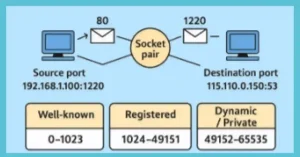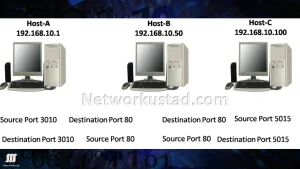Inter-VLAN routing enables communication between devices on different VLANs, a critical concept. Verifying host-to-host connectivity ensures proper configuration and operation of inter-VLAN routing. This article explores the ping and tracert utilities, essential tools for network engineers to test connectivity and troubleshoot issues. When configuring the Inter-VLAN routing, we must verify the host-to-host connectivity and data sending. Generally, we can check this using the ping and tracert commands.
We have briefly discussed the check utility in the article Interpreting Ping Results-Cisco IOs and Traceroute (Tracert) – Testing the Route. In this article, I am going to give you a short reminder of both ping and tracert utilities, and then we will discuss different issues of inter-VLAN routing.
Using Ping to Verify Inter-VLAN Routing
We send an ICMP echo request to the destination address using the ping command. When a destination host receives an ICMP echo request, it responds with an ICMP echo reply to confirm the ICMP echo request. It also calculates the time the echo request was sent and the time the echo reply was received. The time calculation is used to determine the latency of the connection.
If the source of the ping requires successfully receiving a reply from the destination, it confirms that there is a path between the sending device and the receiving device. The figure below illustrates the ping utility. Host 1 is pinging host 2, and the result shows at the end of the ping test.
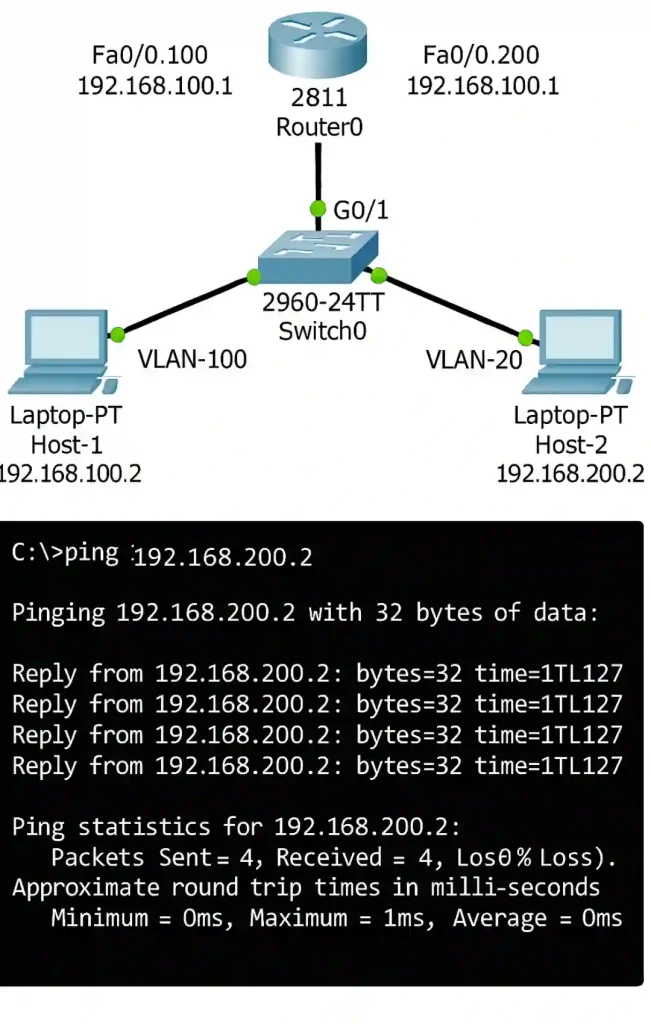
Using Tracert to Verify Inter-VLAN Routing
Using the tracert utility, we can get the complete picture of the hops between the source and destination. The command has a few changes on UNIX systems, such as traceroute instead of tracert.
The tracert also uses ICMP to determine the path with specific time-to-live values defined in the frame. The time-to-live value specifies how many hops away the ICMP echo is allowed to reach.
The utility generates the first ICMP echo request with a time-to-live value set to expire at the first hop on the route to the destination device. When the ICMP echo request times get time out on the first hop, an ICMP message is sent back from the first hop to the source device.
The source device records the response from the first hop and sends another ICMP echo request with a more excellent time-to-live value. This allows the ICMP echo request to pass through the first hop and reach the second device on the route. Then, the process repeats until the echo reaches the final destination device.
When the tracert gets the final destination, it finishes and displays a list of ingress router interfaces that the ICMP echo request reached on its path to the destination. The figure below illustrates the tracert utility. The host on VLAN 100 will trace host 2 on VLAN 200.
The trace is completed, and there are two hops to the destination; the first hop is the fa0/0, the default gateway of VLAN 100, and the other hop is the default gateway of VLAN 200. We can check more hops using this utility and get the result if any hop has a problem.
